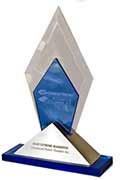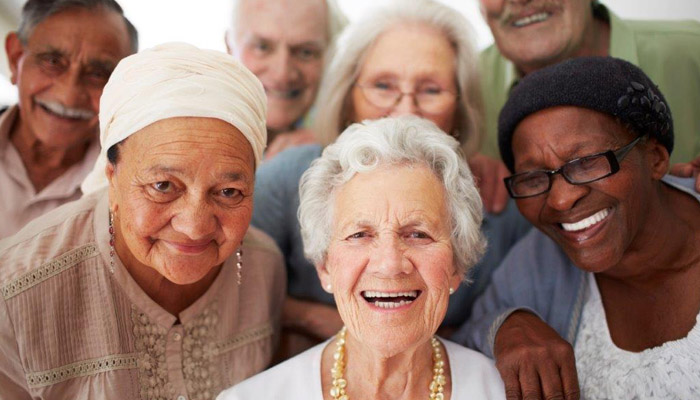While talking about technology, former Microsoft Corporation’s C.E.O. Steve Ballmer once said, “The number one benefit of technology is that it empowers people to do what they want to do. It lets people be creative. It lets people be productive. It lets people learn things they didn’t think they could learn before, and so in a sense it is all about potential”
Home automation systems for the elderly are similar. Through new technology, a little creativity, and a lot of thinking, more older adults and people with disabilities are able to live by themselves and meet their potential with the advancements in home technology.
The Census
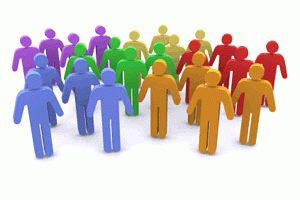 The world population continues to grow older. When the global population reached 7 billion in 2012, 562 million (or 8.0 percent) were aged 65 and over. In 2015, 3 years later, the older population rose by 55 million and the proportion of the older population reached 8.5 percent of the total population. With the post World War II baby boom generation in the United States and Europe joining the older ranks in recent years and with the accelerated growth of older populations in Asia and Latin America, the next 10 years will witness an increase of about 236 million people aged 65 and older throughout the world. Thereafter, from 2025 to 2050, the older population is projected to almost double to 1.6 billion globally, whereas the total population will grow by just 34 percent over the same period.
The world population continues to grow older. When the global population reached 7 billion in 2012, 562 million (or 8.0 percent) were aged 65 and over. In 2015, 3 years later, the older population rose by 55 million and the proportion of the older population reached 8.5 percent of the total population. With the post World War II baby boom generation in the United States and Europe joining the older ranks in recent years and with the accelerated growth of older populations in Asia and Latin America, the next 10 years will witness an increase of about 236 million people aged 65 and older throughout the world. Thereafter, from 2025 to 2050, the older population is projected to almost double to 1.6 billion globally, whereas the total population will grow by just 34 percent over the same period.
Due to the drastic increases in health-care facility costs, more and more elderly people are turning to home automation solutions, to allow them to age gracefully in the comfort of their own homes. Below are a few tips we recommend for designing a home automation system for an elder or disabled homeowner.
Keep it Familiar and Simple
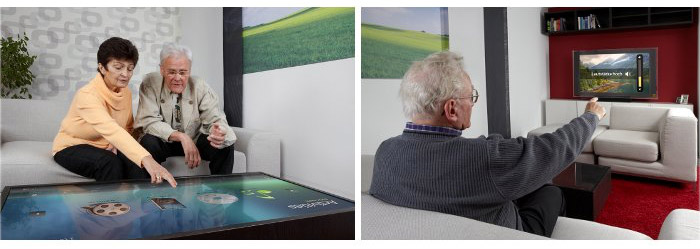
Convenience and comfort in a connected home for the elderly takes a backseat to the importance of empowering the user to do more. Depending on the age of the resident, careful considerations need to be made to not change to many of the existing core functions in the home. Each element of the system should deliver on at least one of three objectives: increasing accessibility (for the occupant and for visitors), enabling communication with others and building the user’s independence.
Easy Controls
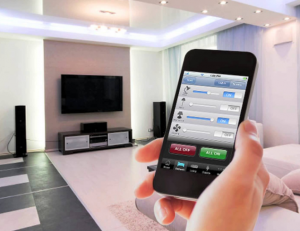 An intuitive control system is mandatory on all home automation projects, but for the elderly it is absolutely crucial. It will need to be simple to learn and feature an interface that is familiar enough to any existing technology, so they feel comfortable about using it. For many cases, introducing a significant amount of automation will be an advantage, as this lessens the physical requirements of the resident. Voice control should be integrated, so various systems in the house can be controlled using a simple command. Redundancy is key. In addition to a touch panel device and voice commands, using a mobile phone a as control device, particularly one built into the inherent accessibility functions of Apple and/or Android, could be very useful.
An intuitive control system is mandatory on all home automation projects, but for the elderly it is absolutely crucial. It will need to be simple to learn and feature an interface that is familiar enough to any existing technology, so they feel comfortable about using it. For many cases, introducing a significant amount of automation will be an advantage, as this lessens the physical requirements of the resident. Voice control should be integrated, so various systems in the house can be controlled using a simple command. Redundancy is key. In addition to a touch panel device and voice commands, using a mobile phone a as control device, particularly one built into the inherent accessibility functions of Apple and/or Android, could be very useful.
Security Features
When it comes to alerts and notifications, this will sometimes need to be delivered in a non-standard way depending on the disability or age of the client . For someone who is deaf or hard of hearing, it could be a good idea to implement a hardwired signaling system so that the user can know what is going on in and around the house. Fire prevention is another area that requires a customized approach. Alerts will need to work efficiently around the clock to ensure the safety of the resident. An easy-to-use door entry system makes sense in almost all scenarios.



